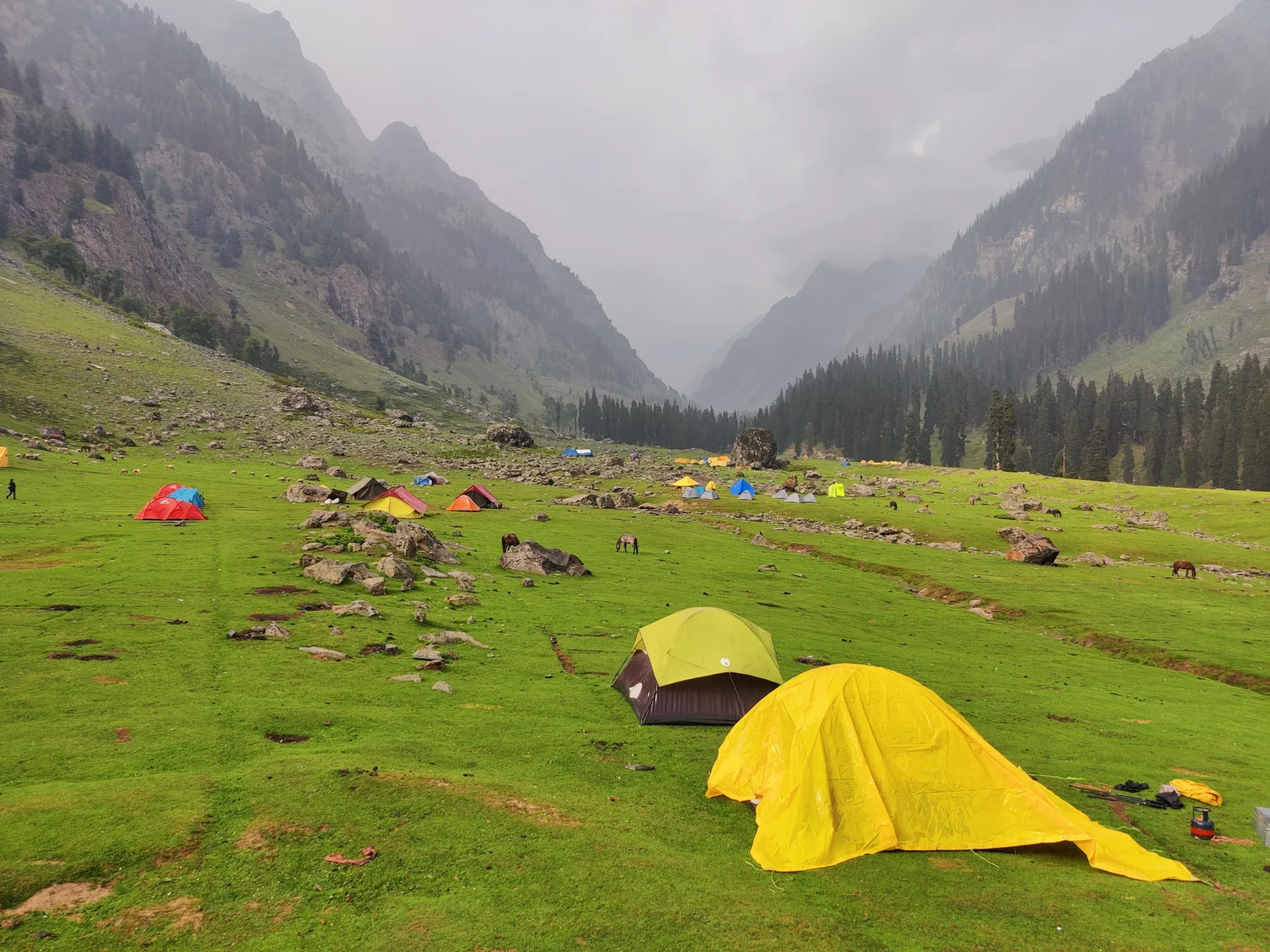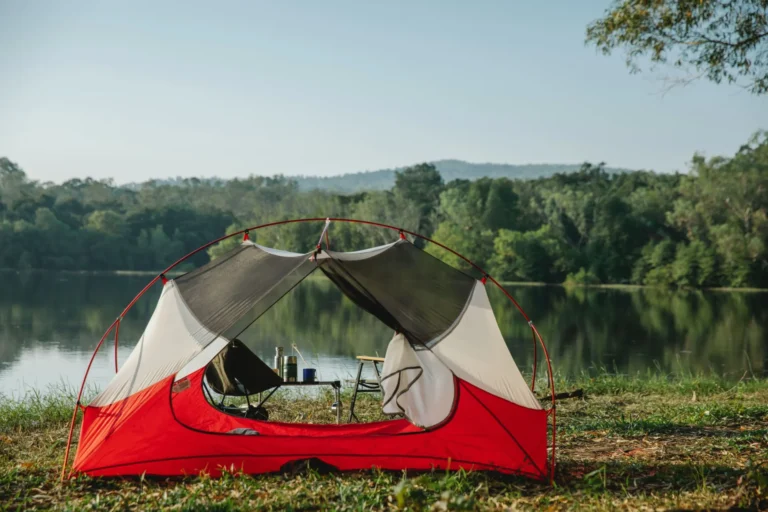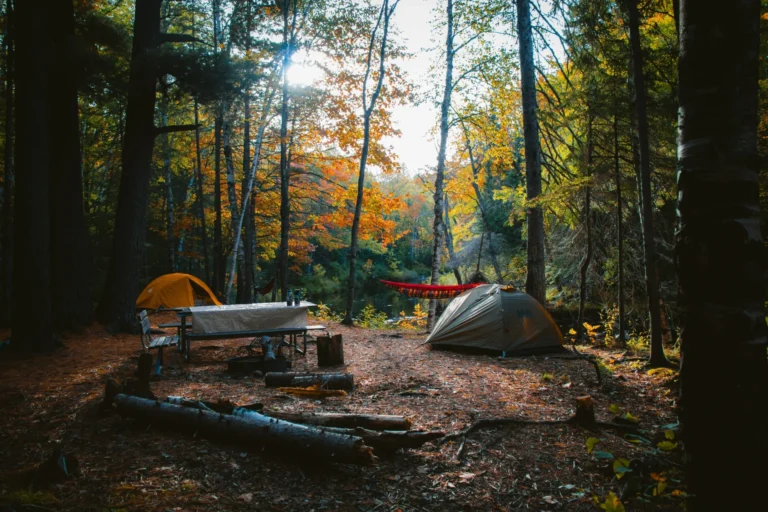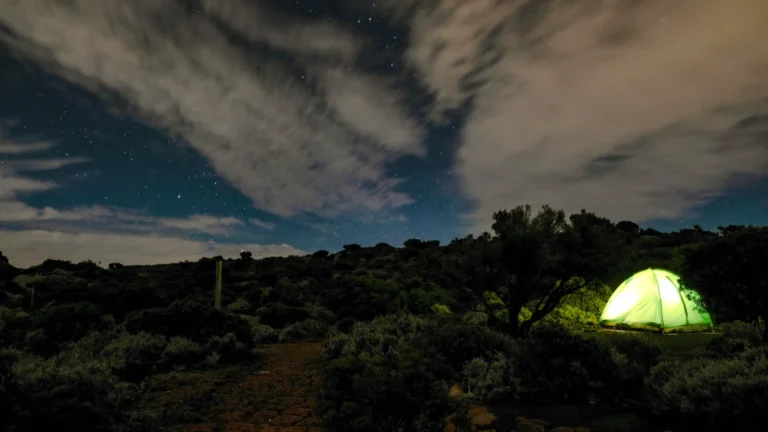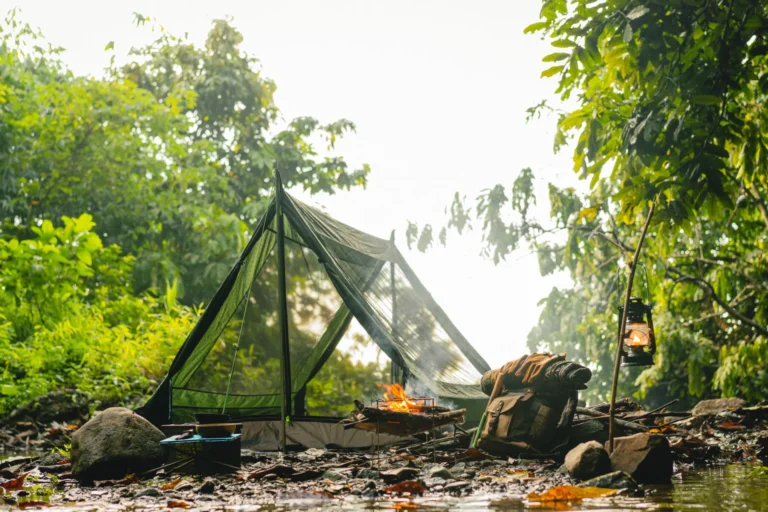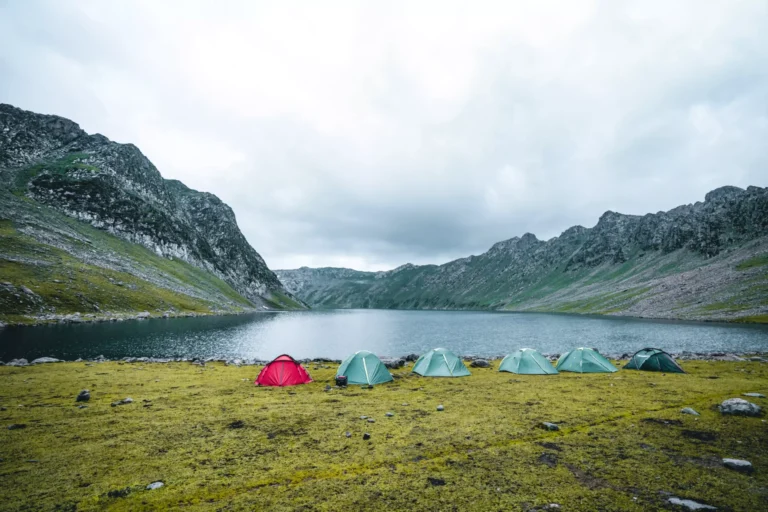Unlock the mystery of soggy tents with our comprehensive guide! Get into the reasons behind tent dampness and explore effective strategies to combat condensation. Elevate your camping prowess by understanding why do tents get wet inside and implementing practical solutions.
Condensation in a tent is an annoying but preventable issue for campers and hikers. Condensation is a natural process in which water vapour turns into liquid, which is often responsible for the moisture inside the tent. Most of the time, condensation or leaks in the tent cause the interior to get damp. When you set up your tent, you must ensure you’ve taken all of the preventive measures to avoid any condensation from forming within the tent. To make your camping trip more enjoyable, we look into the problem of condensation and give you tips on how to keep condensation from forming inside your tent.
Discover the secrets behind tent moisture! Uncover causes and solutions to prevent the inconvenience of a damp camping experience. Learn why tents get wet inside and master the art of keeping your shelter dry.
Why do Tents Get Wet Inside?
Ever wondered why tents get wet inside? Dive into our guide for insights on preventing tent condensation. Learn about inadequate ventilation, fabric tears, and more to ensure a dry and comfortable camping adventure.
Condensation is inevitable and commonly misinterpreted as a leaking tent. It can wreck your weekend trip. Most tent wetness is condensation, not a leak. Tents are generally waterproof, and moisture is rare and hard to escape once inside.
With a lot of camping experience under my belt, why do tents get wet inside for various reasons? We are going to discuss here some of the most common causes:
1) Inadequate ventilation creates humidity
Inadequate ventilation creates humidity that forms within the tent. As a result, poor ventilation produces humidity from individuals inside, which can lead to moisture forming on the tent’s interior.
Regardless of the weather, always remember to open all of the tent’s vents as soon as you’ve set it up.
2) A tear or hole in Tent’s fabrics
Water can enter inside the tent if there is a tear or hole in the fabric, which would then allow the tent to become wet. There is also likely to be a leak caused by a tiny hole in the tent’s fabric.
3) To Keep Tents Warm
People often generate humidity inside a tent to keep tents warm by producing water vapor. As water vapour is a good insulator, it can aid in keeping heat inside the tent even when it’s cold outside. Moreover, the water vapour inside the tent can send heat into the air when it condenses on surfaces inside the tent, which further warms the interior of the tent. Condensation can form, on the other hand, when there is an excessive amount of humidity.
4) Rain or dampness on the Tent outside
If the material or seams of the tent are not weatherproof, or if the tent’s outer cloth is not adequately sealed, then water can enter inside the tent as a result of rain or condensation that forms on the external surface of the tent.
Rain or moisture on the outside surface of the tent can penetrate it and make its way inside it, resulting in wetness.
5) Tent’s Outer material
Condensation can be affected by the materials that are utilized to make tents. When compared to tents made from natural fabrics like cotton or cloth, those constructed of synthetic fibers like nylon or polyester have a greater propensity to hold on to more moisture. Furthermore, specific tents are more breathable than others, yet another factor that could influence the inside condensation.
6) Temperature and Humidity
Warm, moist air condenses into droplets of water as it collides with a cooler surface, like the tent’s fabric. This process causes dew to build on grass or a car’s windshield on a cool, damp night. Tent condensation is highly sensitive to both temperature and humidity. The likelihood of condensation forming on the walls of your tent increases as the air temperature and humidity inside rise.
How to prevent Tent condensation?
Humidity management in tents is crucial for avoiding condensation. The following are some tips for minimizing the amount of moisture inside your tent:
1) Ventilate Your Tent
Please ensure that your tent has adequate ventilation. You can do this by letting in some fresh air through the tent’s windows and openings. The heated, humid air within the tent is replaced with fresh air from outside. If the weather permits, keep the tent’s windows open during the day to let the moisture out and the fresh air enter. This will assist in keeping the tent’s interior dry.
2) Avoid Tents with breathable Fabric
Tents made of nylon and polyester are much more breathable than those made of cotton or fabric. Due to the increased airflow, condensation forms more easily on breathable fabrics. It should be better to stay away from such airflow tents.
3) Select a suitable Tent for the weather and environment
We’ve thought of everything when it comes to selecting the best tent for your trip based on condensation and weather forecasts.
The selection of the tent matters a lot. Always select a tent suited for the weather, climate, and location. Inappropriate tents may collect condensation as a result of the temperature and humidity.
4) Damp-wicking Tent Liners
These items are designed to minimize condensation by removing moisture from the air within the tent. This ensures that the tent stays dry and warm.
5) Use Groundsheet and Rainfly
A rainfly protects a tent from rain. It prevents water from penetrating the tent’s fabric and seams. The tent’s top is covered with a rainfly, usually waterproof or water-resistant, leaving the sides open for ventilation.
A groundsheet prevents ground humidity from rising. This prevents condensation on your tent floor.
6) Maintain Temperature
The tent temperature should be kept low. The release of heated air can be aided by utilizing a camping fan or opening the doors and windows. Always ensure that there is no wet cloth inside the Tent. Damp clothes and accessories produce condensation on tent walls.
7) Cook Outside the Tent
If you can, do your cooking outside of the tent. Condensation can form in your tent due to the heat and moisture produced by your campfire or stove.
Moisture absorption in the tent can be avoided with these measures, leading to a more pleasant camping experience. The quality of your camping trip can be significantly enhanced by understanding the sources of condensation and adopting measures to stop it. Always check the weather and pack a tarp to protect your tent in case of rain.
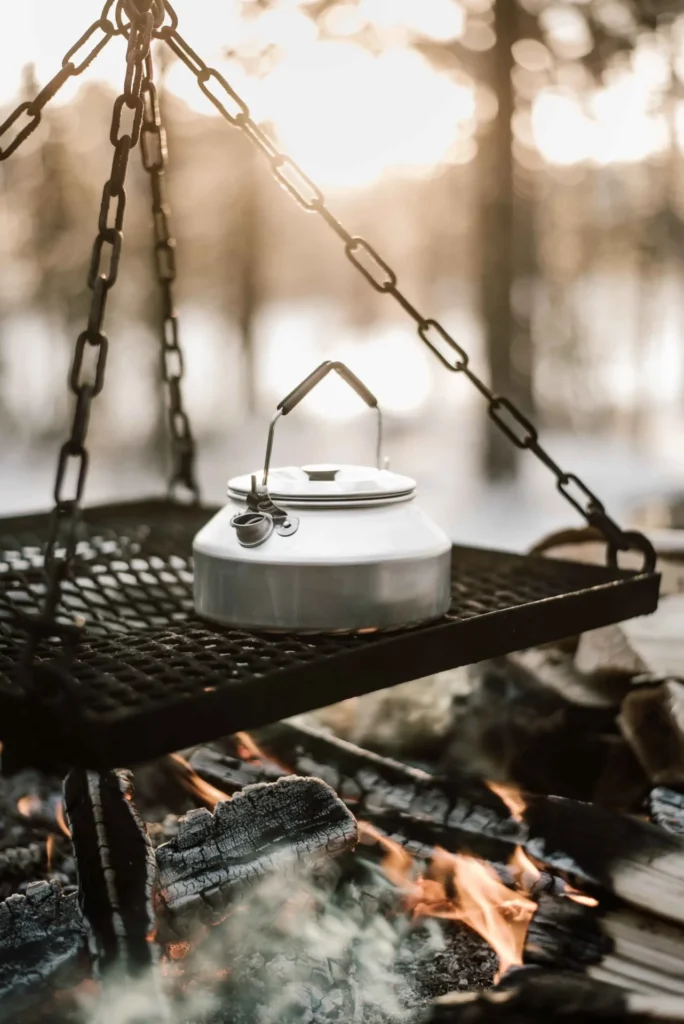
Conclusion
Campers and hikers sometimes wonder why do tents get wet inside. There are several reasons why my tent gets wet inside. This article will guide you on how to control humidity and have a dry, comfortable camping trip. By following these tips, you can confidently go camping or hiking now that you understand how to deal with tent condensation. Follow the tips in this article to have a comfortable and enjoyable camping trip. Always make a plan, pay attention to the weather and environment, and pack the right things.

